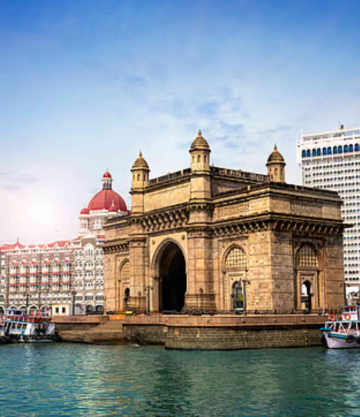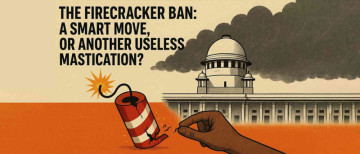Water scarcity is rapidly becoming one of the most pressing global challenges of the 21st century. As populations surge, economies grow, and the climate crisis intensifies, the world’s most vital resource—freshwater—is under unprecedented strain. The specter of “water wars” is no longer a distant dystopian scenario; it is an emerging reality shaping geopolitics, economics, and security across continents. This thought piece explores the roots, realities, and ramifications of the global struggle for water, highlighting the countries at the epicenter of this crisis, the underlying drivers, and the urgent need for cooperative solutions.
Water Scarcity: The New Global Flashpoint

Water is fundamental to life, health, agriculture, industry, and energy. Yet, nearly two-thirds of the global population already live under water-stressed conditions6. Water stress, defined as the ratio of water demand to renewable supply, measures the competition over local water resources. When a country uses more than 80% of its available supply, it faces “extreme water stress,” and even a short-term drought can tip the balance into crisis.
The Most Water-Stressed Countries

Currently, 25 countries are exposed to extremely high water stress, using over 80% of their renewable water supply annually. The five most water-stressed countries—Bahrain, Cyprus, Kuwait, Lebanon, Oman, and Qatar—are emblematic of a broader trend, particularly in the Middle East and North Africa (MENA) region, where low supply collides with soaring demand from domestic, agricultural, and industrial use. In these regions, water scarcity is not only a humanitarian issue but a strategic one, shaping national policies and international relations.
Population Growth and Urbanization

The global population is projected to reach nearly 10 billion by 2050, with urban populations in Asia expected to rise by 60% by 2025. This demographic explosion increases water demand for drinking, sanitation, food production, and industrial processes. As cities swell, the strain on already fragile water infrastructure intensifies, leading to shortages, rationing, and, in some cases, outright conflict.
Climate Change and Drought

Climate change acts as a threat multiplier, exacerbating water scarcity through erratic rainfall patterns, prolonged droughts, and shrinking glaciers. In Afghanistan, decades of conflict, instability, and the worst drought in 27 years have left 93% of children living in areas with high water scarcity. Similarly, northern Syria recently experienced its worst drought in 70 years, with water crisis triggers layered and complex, but all worsened by climate change.
Transboundary Rivers and Hydropolitics
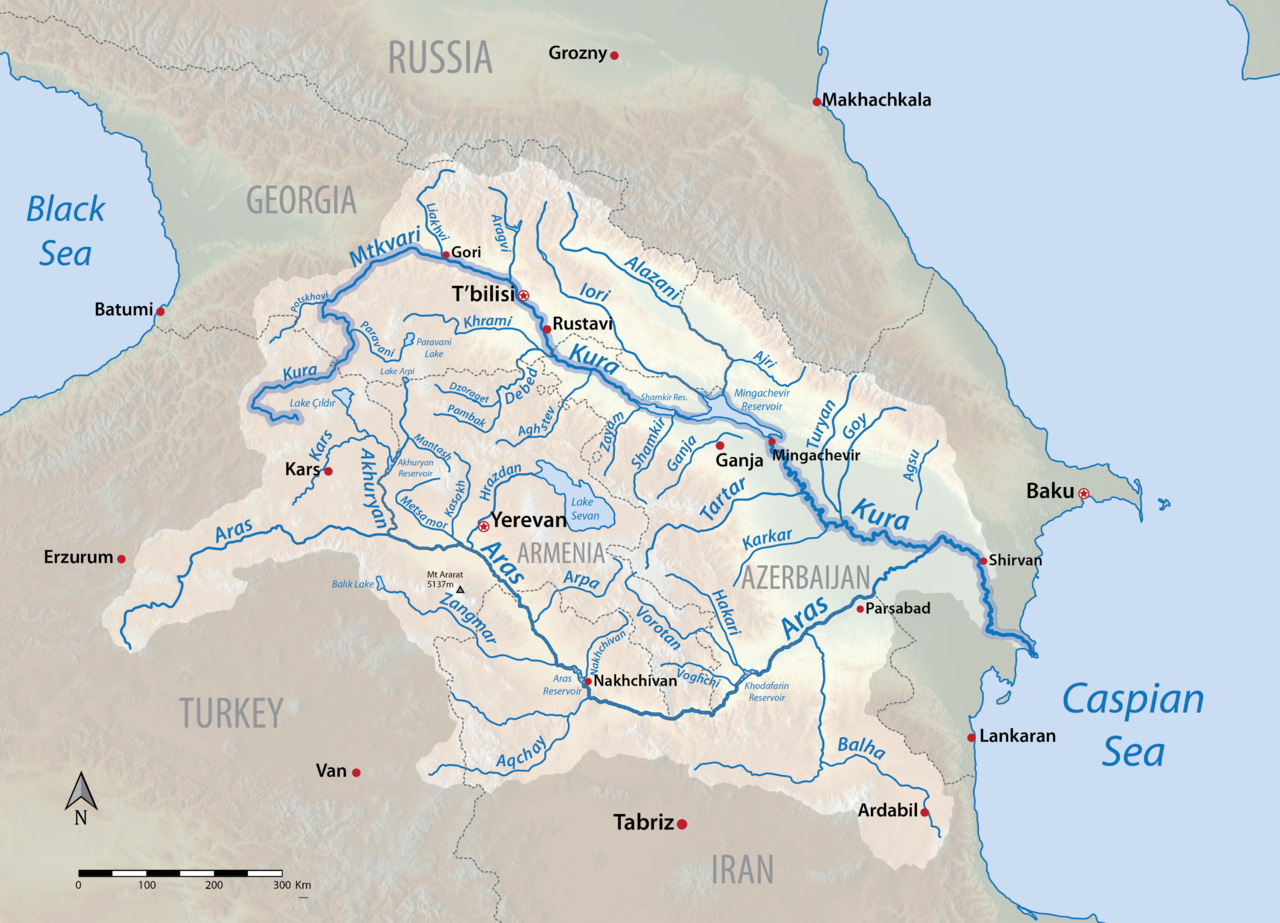
Many of the world’s major rivers cross national boundaries, making water a shared—and often contested—resource. The construction of large dams and diversion projects upstream can have devastating effects downstream, fueling tensions between countries. The Nile River Basin, for example, is a flashpoint as Ethiopia’s Grand Ethiopian Renaissance Dam threatens the water security of Egypt and Sudan. In Asia, China’s control over the Tibetan Plateau, the source of many major rivers, gives it significant leverage over downstream countries like India and Bangladesh.
Pollution and Mismanagement

Water scarcity is compounded by pollution and poor management. Industrial effluents, agricultural runoff, and untreated sewage contaminate rivers and aquifers, reducing the amount of usable water. In India, the Ganges and other major rivers are heavily polluted, while in China, the Yellow River faces similar challenges. Water contamination, once largely a domestic issue, is now becoming a transboundary problem, as seen in the mysterious pollution of the Siang River as it flows from Tibet into India.
South Asia: India, China, and Pakistan
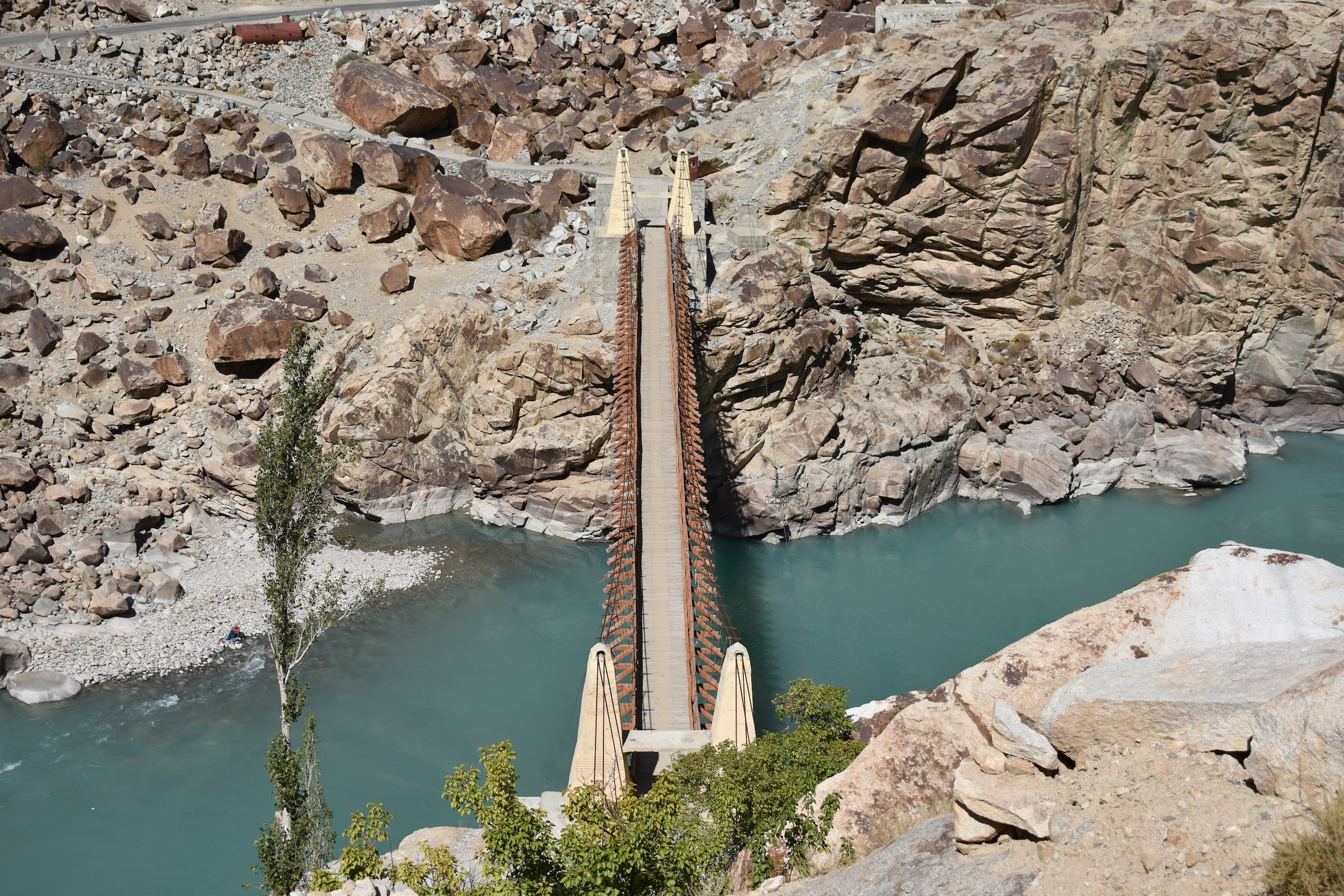
Asia, home to 60% of the world’s population, has less freshwater per capita than any other continent. The region’s rapid economic growth has led to water withdrawals surpassing renewable stocks. China’s upstream dam-building on the Brahmaputra (Yarlung Tsangpo) and Mekong rivers has raised alarms in India and Southeast Asia, as downstream droughts become more frequent and severe. China’s use of water as a geopolitical tool—such as withholding hydrological data from India during the critical monsoon season—has heightened tensions and undermined trust.
The India-Pakistan water dynamic is shaped by the Indus Waters Treaty (IWT), which allocates more than 80% of the Indus system’s waters to Pakistan. Despite this, water remains a point of contention, with Pakistan repeatedly invoking the treaty’s conflict-resolution provisions to internationalize disputes and keep India under pressure.
The Middle East and North Africa: The Nile and Beyond
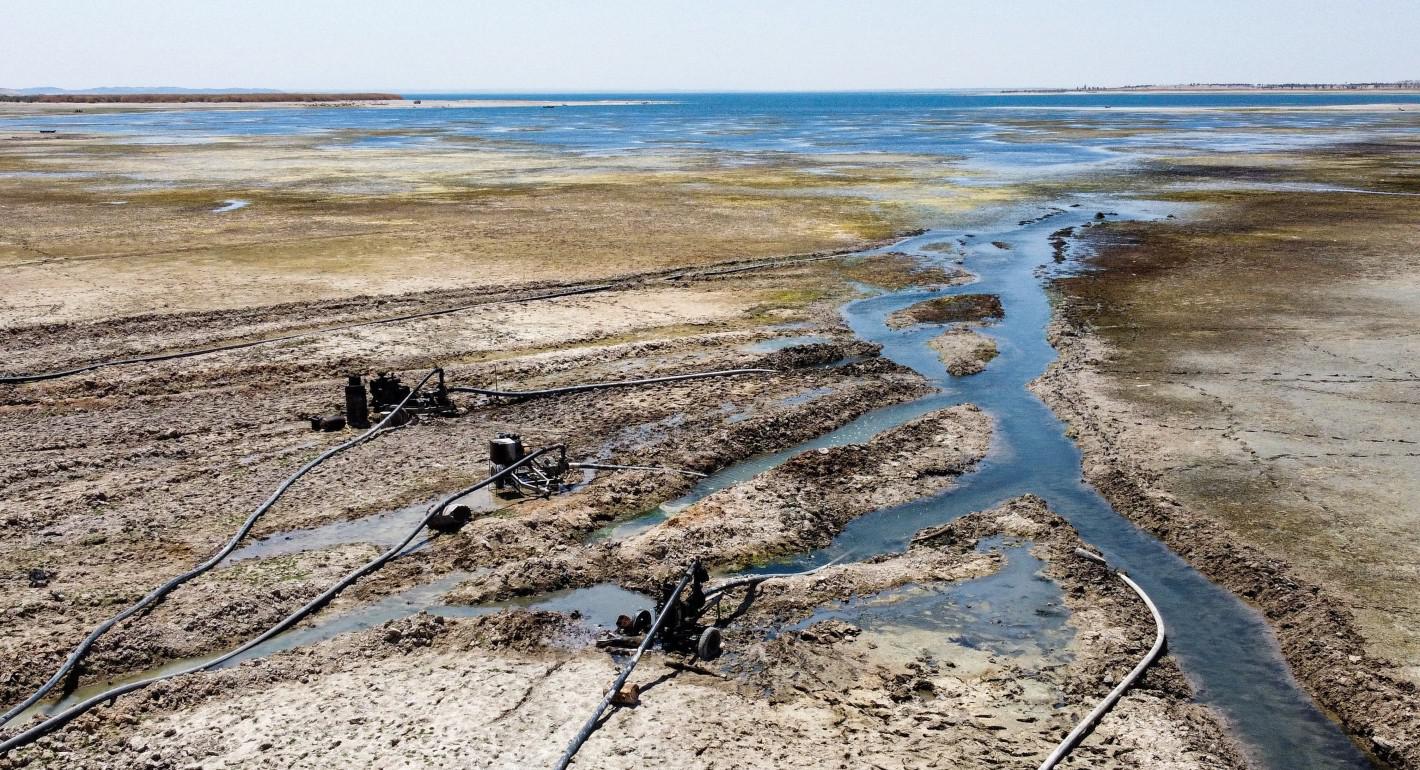
The MENA region is the most water-stressed in the world, with 16 of the most water-scarce countries. The Nile River Basin exemplifies the challenges of transboundary water management. Ethiopia’s dam on the Blue Nile has triggered fierce opposition from Egypt, which relies on the river for 97% of its water. The lack of cooperation and prolonged drought conditions threaten the viability of the Nile as a water resource for all riparian countries.
Sub-Saharan Africa: Cooperation Amid Scarcity
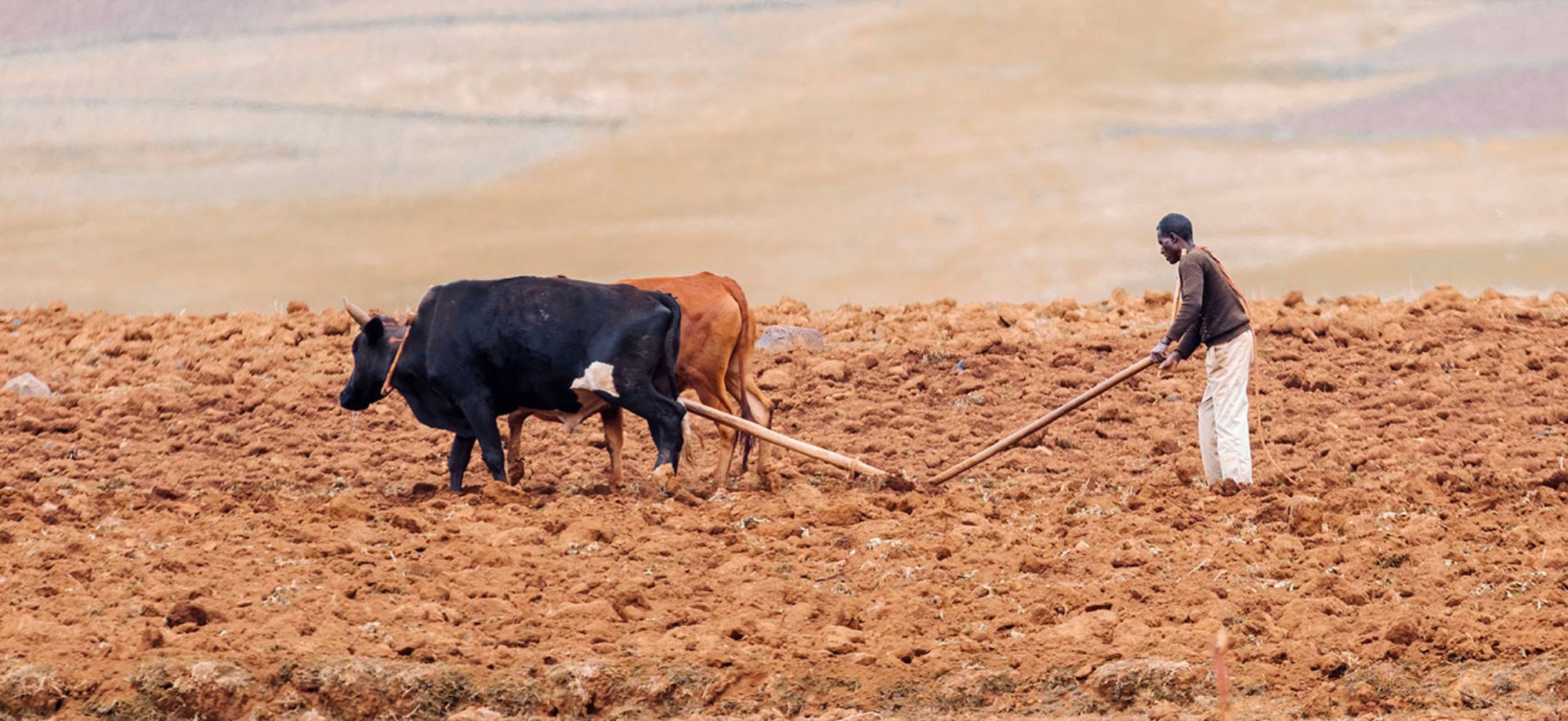
Not all water-scarce regions descend into conflict. In southern Africa’s Orange-Senqu Basin, recurrent droughts and growing water demand have led to intensified cooperation rather than conflict. The Orange-Senqu River Commission (ORASECOM) has facilitated feasibility studies and extended water-sharing arrangements among Lesotho, South Africa, Botswana, and Namibia, demonstrating that collaboration is possible even under severe stress.
The Geopolitics of Water: Power, Leverage, and Security

Water is increasingly being weaponized as a tool of power and leverage. Upstream countries with control over river headwaters can influence the policies and security of downstream neighbors. China’s dominance over Asia’s water map, Ethiopia’s control over the Blue Nile, and India’s position on the Indus are all examples of how water is becoming a central axis of regional geopolitics.
A report by US intelligence agencies warned that the use of water as a weapon of war or a tool of terrorism is becoming more likely in some regions. The risks of water conflicts are especially pronounced in North Africa, the Middle East, and much of Asia, where water scarcity intersects with political instability, economic stress, and historical grievances.
Socioeconomic and Humanitarian Impacts

Water scarcity is not just a geopolitical issue; it is a humanitarian and socioeconomic crisis. Impaired food production, loss of livelihood security, large-scale migration, and increased economic and geopolitical tensions are all downstream effects of water shortages. In Afghanistan, 8 out of 10 people drink unsafe water, and only half of Syria’s water and sanitation systems are still functioning after years of conflict and drought.
In India, which holds 18% of the world’s population but only 4% of its freshwater, the situation is aggravated by upstream projects in China. The construction of a massive dam on the Brahmaputra River threatens to reduce India’s water supply by as much as 60%, turning water into a political weapon and a bargaining chip.
The Future: Is Cooperation Possible?
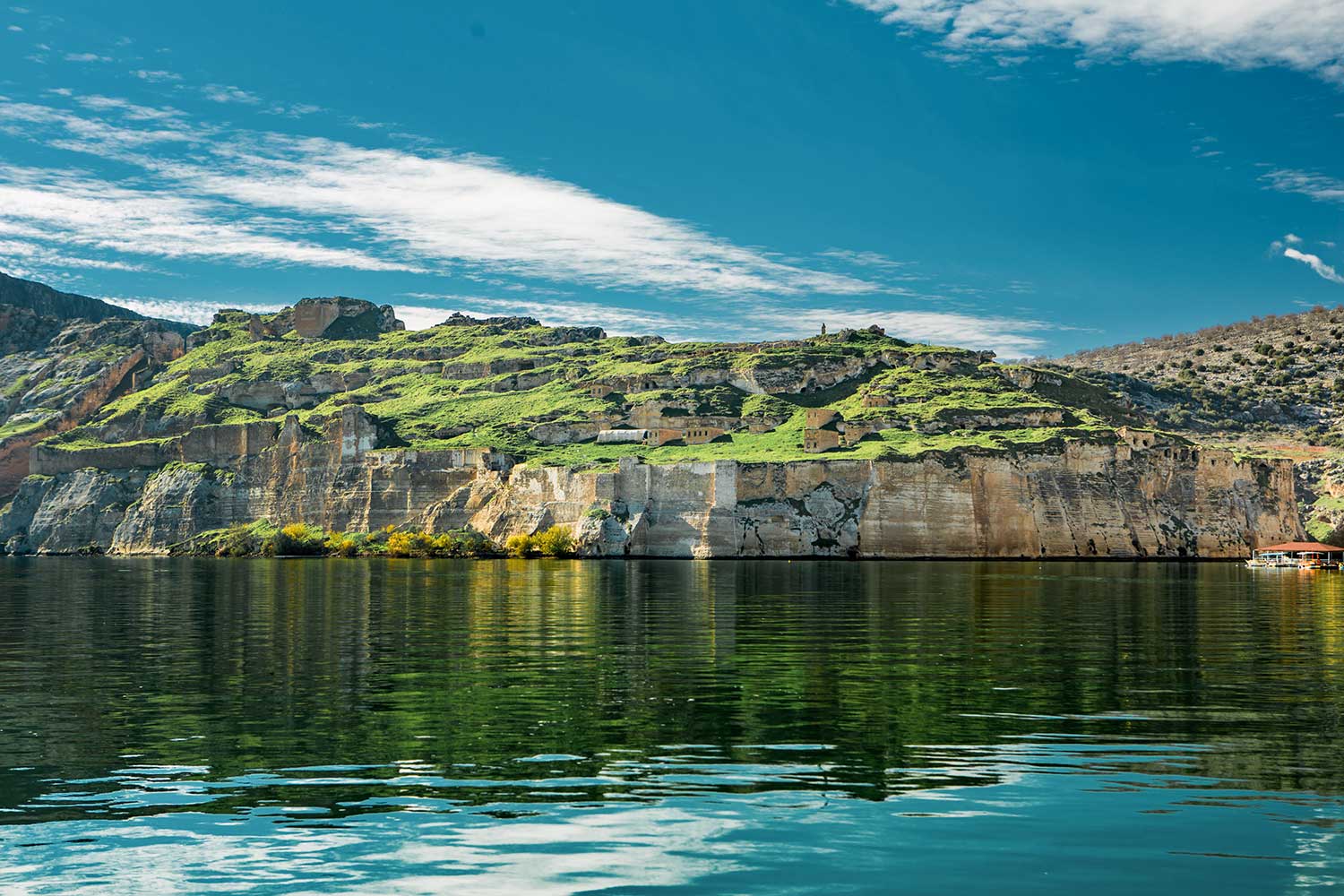
While the narrative of “water wars” is compelling, it is not inevitable. History shows that water can also be a catalyst for cooperation. The Orange-Senqu River Commission in southern Africa and various bilateral treaties demonstrate that shared water resources can foster dialogue and joint management rather than conflict.
However, the path to cooperation is fraught with challenges. Power asymmetries, lack of trust, and competing national interests often undermine collective action. In Asia, grassroots opposition to dam-building in democracies like India has slowed hydropower expansion, while authoritarian regimes like China and Myanmar face fewer obstacles. Non-governmental organizations (NGOs) play a crucial role in advocating for sustainable water management but can also complicate large-scale infrastructure projects.
Solutions: Navigating the Water Wars

To avert the worst outcomes of the water crisis, a multi-pronged approach is needed:
-
Investment in Water Infrastructure: Upgrading and maintaining water supply systems, storage, and treatment facilities can reduce losses and improve efficiency.
-
Transboundary Water Governance: Strengthening international frameworks and river basin organizations to manage shared resources equitably and sustainably.
-
Technological Innovation: Deploying water-saving technologies in agriculture and industry, and promoting desalination and wastewater recycling in arid regions.
-
Climate Adaptation: Integrating water management into climate adaptation strategies to build resilience against droughts and floods.
-
Public Awareness and Education: Promoting water conservation and responsible usage at all levels of society.
Water as the Defining Resource of the 21st Century

Water is the new oil—arguably even more precious, as there is no substitute for it. The world’s most water-stressed regions—North Africa, the Middle East, and much of Asia—are already witnessing the early skirmishes of the water wars. As climate change accelerates and populations grow, the competition for water will only intensify, with far-reaching consequences for peace, stability, and development.
Yet, the future is not predetermined. With visionary leadership, robust institutions, and a commitment to cooperation, it is possible to turn water from a source of conflict into an engine of collaboration and prosperity. The time to act is now—before the world’s most precious resource becomes its most dangerous fault line.
With inputs from agencies
Image Source: Multiple agencies
© Copyright 2025. All Rights Reserved Powered by Vygr Media.








